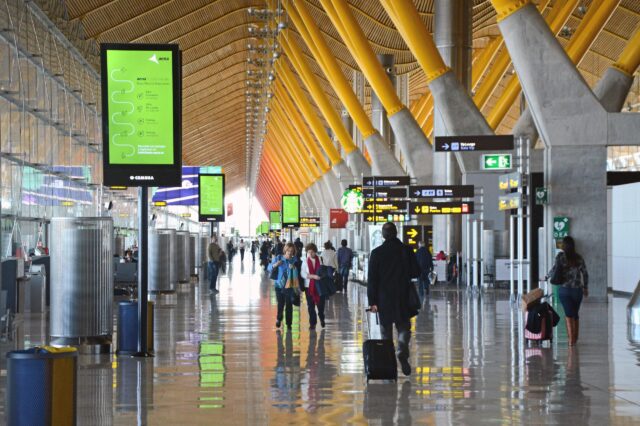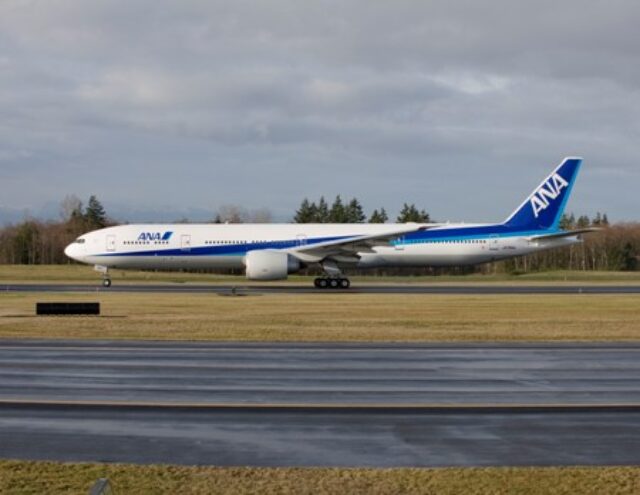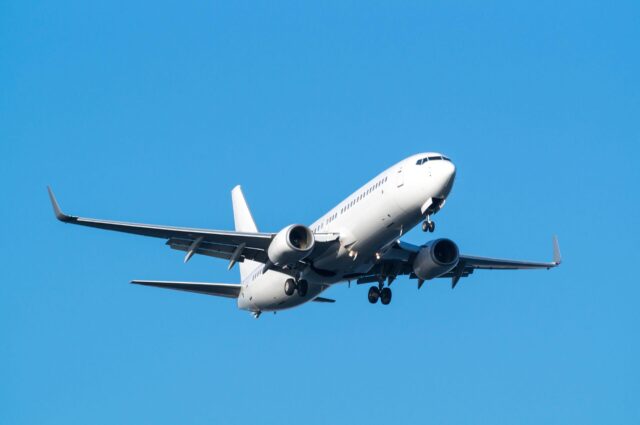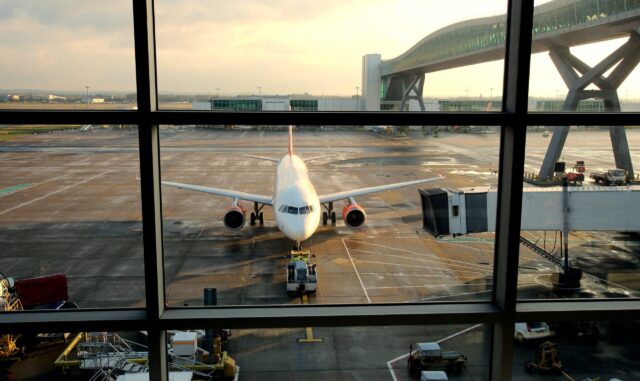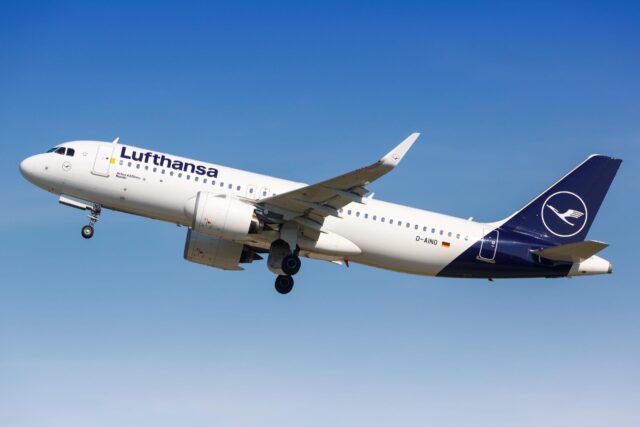No more aircraft carriers: Russia’s ‘cursed carrier’ the Admiral Kuznetsov to finally be scrapped

July 13, 2025

Russia has reportedly halted all work on refitting its only aircraft carrier, the Admiral Kuznetsov. The ship may soon be scrapped.
According to Izvestia, “the Russian Defense Ministry may refuse to restore the Admiral Kuznetsov aircraft carrier,” adding that its repair and modernisation have been suspended.
It says the fate of the carrier is yet to be decided, but it may soon be decommissioned and scrapped.

The Kuznetsov was first floated in 1985, meaning that even if she were returned to service, she would be older than India and China’s oldest carriers.
The rationale, according to Izvestia, is that large carriers are vulnerable to modern weapons. Critics see this as a reflection of Russia’s declining ability to maintain such vessels.
This is not an opinion shared by China, which is doubling down to build the world’s second-largest carrier fleet at breakneck speed.
Technically, the Kuznetsov is not classified as an aircraft carrier, but as a “heavy aircraft-carrying cruiser.” This is to circumvent the Montreux Convention that forbids carriers from passing through the Turkish-controlled straits into the Black Sea.
Why is the Admiral Kuznetsov a ‘cursed’ carrier?
The Admiral Kuznetsov has become infamous for its series of mishaps, earning a reputation as one of the most ill-fated capital ships in modern service.
Since her inception, she’s been dogged by technical failures, construction issues, deadly accidents, and a series of bad omens that have haunted her career.
Built at the Nikolayev shipyard in Soviet Ukraine, Russia lost access to key parts of her support infrastructure after the collapse of the USSR. This made for chronic support and maintenance issues from the beginning.
When she was running, her underpowered steam turbines frequently belched black smoke, which were reportedly visible from orbit.
Who remembers the time when Admiral Kuznetsov was struggling to find a new pope 🤔 pic.twitter.com/b3rf9Wo6YX
— The Ministry Of Ungentlemanly Warfare (@mouw5284) June 26, 2025
The last time the Admiral Kuznetsov was deployed was in 2016-17 off Syria. In fact, it was the carriers first and only deployment, but it didn’t go well. Two aircraft were lost in just three weeks;.
The first, a MiG-29, crashed into the sea after running out of fuel while waiting to land. The second, an Su-33, plunged off the deck into the sea after an arresting cable snapped on landing.

Sent for maintenance in 2018, the PD-50 floating dry dock (Russia’s largest and the only one capable of holding Kuznetsov) sank beneath her during maintenance. A 70-tonne crane crashed onto the flight deck, causing major structural damage.
A year later, in 2019, a fire broke out during welding work, kiling two people and causing over $1 billion in damage. In 2022, another fire broke out, this time in an engine room. Less devastating than the first, it added to the ship’s list of misfortunes and delayed its return to service. It has never returned to service since.

So why is the Admiral Kuznetsov so unlucky? Naval superstition holds that changing a ship’s name brings misfortune unless it’s decommissioned and recommissioned. Kuznetsov was originally named Leonid Brezhnev, then Tbilisi, and finally Admiral of the Fleet of the Soviet Union Kuznetsov. She was never formally decommissioned between name changes.
Admiral Kuznetsov’s limited fighter wing
In June 2024, The Telegraph claimed Russia was no longer an aircraft carrier nation. It was noted that the carrier’s 22 remaining MiG-29KRs had been redeployed for land-based air defense patrols, while others were sent to Crimea.
One of these MiG-29KRs appears to have been destroyed in a Ukrainian rocket strike on Crimea in 2024. The redeployment of the carrier’s fighters was interpreted by some observers to mean Russia did not expect them to return to the carrier anytime soon.

The Kuznetsov has two carrier-capable fighters. One is the old Sukhoi Su-33s and the newer MiG-29KRs. It seems the Russian Navy only acquired 24 of each of these. The old Su-33s were expected to reach the end of their service lives around 2015, but it seems some of them have been refurbished, modernised, and made flightworthy.
The Kuznetsov can only launch one aircraft at a time, while the US Nimitz-class carriers can launch three.
Russia is now an aircraft carrier-less world power
The Russian Navy is a shadow of what the Soviet Navy was after the Cold War. In 1990, the Soviet Navy had five aircraft (mostly Kiev-class) carriers with more under construction.
Since the collapse of the USSR, the Russian Federation has not built from start to finish a single large surface ship larger than a frigate. The USSR’s large shipbuilding docks were in Ukraine, and the two large amphibious ships Russia is constructing are being built in occupied Crimea.

Russia inherited the bulk of the Soviet Navy, but lacked the money to upkeep the massive fleet. As Russia views itself as a great power, it felt it needed to hold onto one aircraft carrier for prestige.
Even when she was brand new, ex-F-14 Tomcat pilot Ward Caroll spoke about how the aging, conventionally powered Kitty Hawk-class USS America (CV-66), dramatically outperformed the Kuznetsov in flight operations.
These ships operated alongside each other, and Russian sailors even came aboard the US carrier. Those were different times in the 1990s, when the US and Russia had relatively warm relations with each other.
Ukraine war refocusing Russia’s priorities
The Russian invasion of Ukraine is bad news for the Russian Navy. Russia’s limited resources and finances mean it is forced to prioritise Army and Air Force for the war.
The Navy, with its large and expensive long-lead projects designed to fight a future war, is forced to take a back seat. All of Russia’s major surface combatants larger than a frigate are old, largely obsolete Soviet vessels.
Another hapless ship is the battlecruiser, the Admiral Nakhimov. She was first commissioned in 1988 by the USSR. She was decommissioned in 1997, and her refit to return to service has been ongoing since 2013.

Her planned sea trials have again been delayed, and it is unclear when she will enter service. Naval News reported in February 2025 that her nuclear reactors had finally been activated.
However, the real power of the Russian fleet has always been its submarines. These are considered a real threat to Western navies and are some of the best in the world. That said, respected open-source defense naval analyst H I Sutton points out that even these submarines are languishing as funding is redirected to the war in Ukraine.




